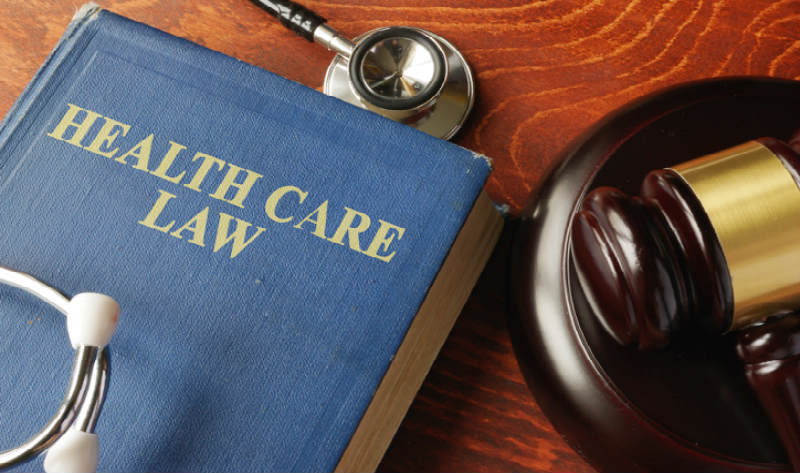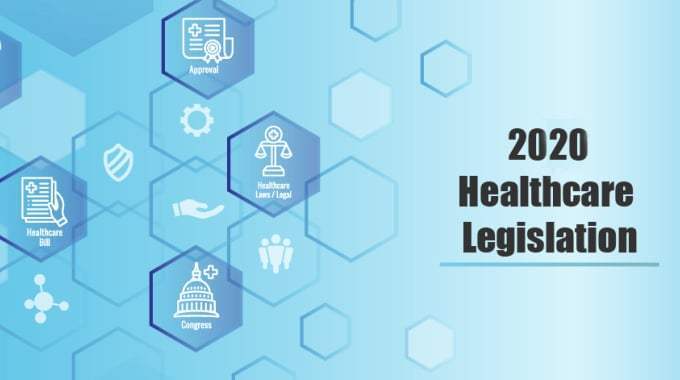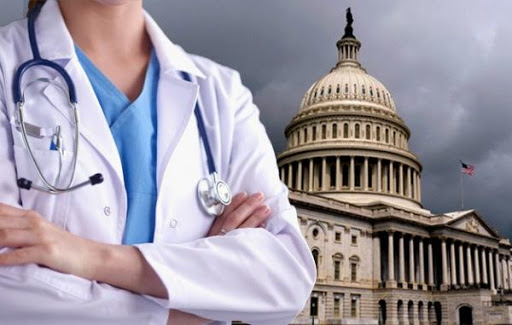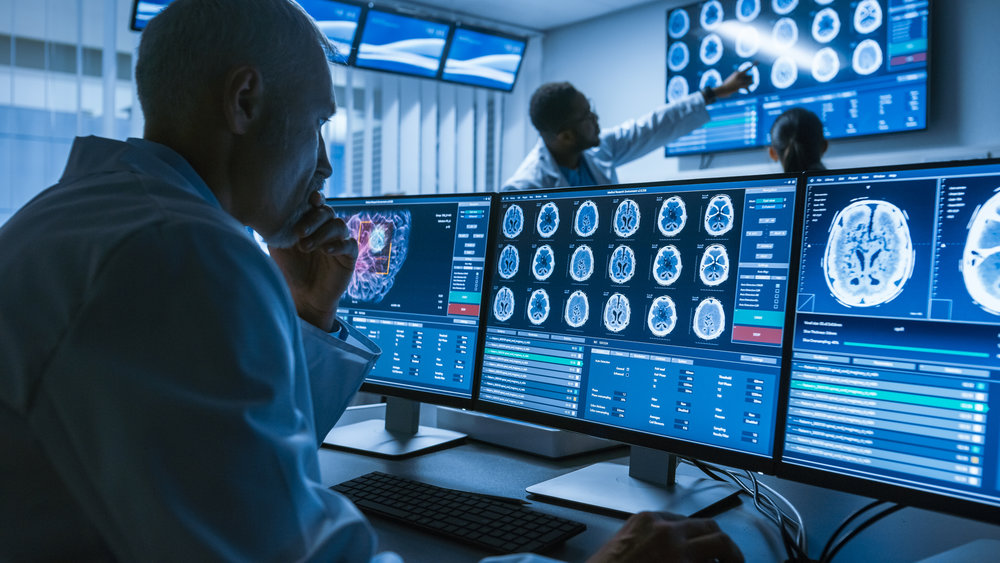As the overall worldwide population increases, and the older generations have longer life expectancies, the need for medical insurance will be something that is in demand at an increasing rate. Currently, with the ongoing public health epidemic, medical sectors are being bombarded with patients of all issues with an overwhelming cause from the COVID-19 (Corona Virus).

Public health departments pride themselves on the focus of improving the welfare of the community at large, serving as leaders of public sector, and building nonprofit organizations that provide health services and disseminate information about health and wellness. Public health administrators possess the expertise and insight necessary to manage the people, finances, and information that support public health programs and initiatives.

Healthcare Field as a Corporate Business
At large, medical insurance for public health is a business in itself. It is firmly administered with roots of business and management. Therefore, public health officials are tasked with the deeds to erect programs with the idea of them being a business venture, i.e.: financial planning, acquisitions, alignments, dispositions, mergers, partnerships, and methods of that sort, while still keeping an attention to detail focus on the overall performance of innovation, the distribution of those items (product marketing), negotiations, and of course the satisfaction of customer service.

Nonetheless, these dire situations such as what we are experiencing now, is still causing even the largest of public health organizations to have shrinking budgets, and public health administrators are having to take on more work with less staff, making this healthcare position one of substantial importance to an organization’s continued operations.

With a bizarre twist of turns in the world, COVID-19 (Corona Virus) has quickly become an emerging disease, and with this unique and unknown illness, there is more to learn about its transmission, severity, and how it will take shape in the United States and across the world. Oddly enough, thus far the best cure for this is to implement the Centers for Disease Control and Prevention (CDC)’s “Stay at Home” measures and wearing masks when going outdoors for essential purchases and needs.
Attribution of Law and Governance in Healthcare
National health care reform legislation’s have further changed the way public health organizations are operating and receiving funding, which adds an additional layer of complexity to an already-complex system at hand.

The current reforms, Health Act of 2007 and the Health and Social Care Act of 2008, greatly reflect a significant shift in dominant political discourse from an earlier concern with patient and public involvement towards a more exclusive focus on consumer choice and economic regulation, with collective voice and citizen participation at best playing a subordinate role in the government’s National Health Service (NHS) modernization agenda. While there is some potential for increased responsiveness in the new arrangements, the overall effect is likely to be a weakening of the foundations of democratic decision making in the governance of healthcare.

The attainment of reflexive governance in the public interest is dependent on the current conditions, capacities of patients, and the public, to contribute to debate and deliberation in decision making. This includes fundamental policy questions such as how services are provided and by whom, what the sustainability rate is, and how most importantly for public health, what the ease of access is to these services in a time when COVID-19 (Corona Virus) has the number of health officials outnumbered with the excessive amount of patient intakes.

The Use of Technology for Public Health During Wartime and Epidemic Crisis
Public health and war have long been close companions, and maybe strange bedfellows. Military officials and civilian leaders called on health professionals and volunteers to help mobilize and protect military forces and civilian populations during health epidemics and global or regional crisis’. Healthcare officials, in turn, viewed war as an opportunity to test and implement their theories, as an opportunity to use newly discovered knowledge and recent technology inventions as test. The synergistic relationship between health professionals and the military, especially flourished during the most massive conflict of all: World War II. In the era of total war, the mobilization of science and technology on behalf of the war effort famously bore in the development of antibiotics, radar, and the atomic bomb. The war also invigorated and shaped a variety of technological approaches to public health – the development of chemical pesticides and other disease vectors, along the expansion of electronic communication networks for public health surveillance, for the production of public health systemically aimed at mass audiences of military personnel and civilians.

In order to keep sufficient track of the number of cases for COVID-19, the State of Utah has created and launched an app that allows them to tally the numbers of people who have caught the Corona Virus. Utah has contracted with mobile app developer Twenty to launch Healthy Together, which will track residents’ movements and, if they become ill, help public health workers trace where they crossed paths with other users. “Once you have this app downloaded onto your mobile device, it tracks where you go. If someone has the Corona Virus, it can go back and see who you have bumped into.” Governor Gary Herbert said of this new piece of technology.

With hopes for a quick global recovery in both health and, business and economy, stay at home and stay safe!
References
Health Care Administration Edu. (2020, April 1st). Public Health Administration. Retrieved April 21st, 2020, from https://www.healthcareadministrationedu.org/public-health-administration/
History of Medicine. (2011). Public Health and War. U.S. National Library of Medicine, Volume 1 (Issue 1), pp. 1–22. Retrieved from https://www.nlm.nih.gov/hmd/digicolls/phfgtw/essay.html
IBIS World. (2020, March 20th). Health & Medical Insurance Industry in the U.S. – Market Research Report. Retrieved April 20th, 2020, from https://www.ibisworld.com/united-states/market-research-reports/health-medical-insurance-industry/
Means, S. P., & Alberty, E. (2020, April 22nd). Utah Launches an App to Track People — and Help Trace Their Contacts if They Get COVID-19. The Salt Lake Tribune. Retrieved from https://www.sltrib.com/news/2020/04/22/utah-launches-an-app/
